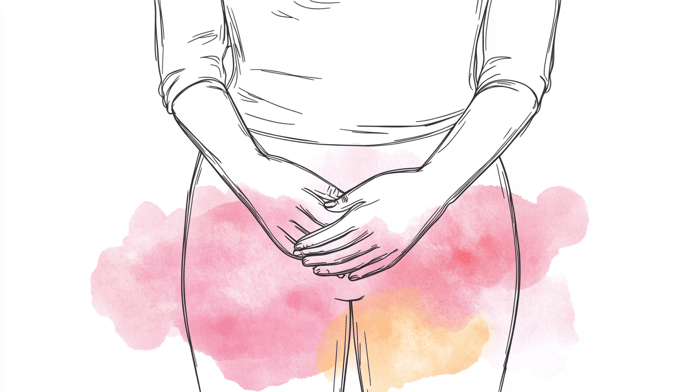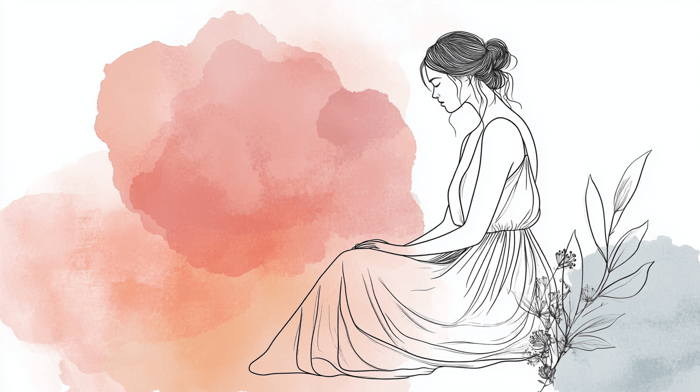As we grow older, our entire body changes. We approach menopause, hit our golden years, and our hormones start to shift. These changes impact every part of us—including our vaginal health.
How the Vagina Changes as You Age
Just like the rest of your body, the vagina ages too. Hormonal changes, especially the decline in estrogen, can lead to significant changes down there. Some changes are good, while others can be more challenging.
When aging is kind, the vagina maintains elasticity, moisture, and matures gracefully. But when hormonal changes are not so favorable, the vagina can start to atrophy, losing its elasticity and moisture. Here are three common signs of vaginal aging:
- The vagina loses elasticity and dryness sets in
- There’s a noticeable change in odor and discharge
- The vagina shrinks and shortens
1) The Vagina Loses Its Elasticity and Dryness Sets In
As women age, particularly after menopause, many notice that their vagina loses elasticity and becomes dry. This is a result of declining estrogen levels, which play a key role in keeping vaginal tissues moist and elastic.
Without enough estrogen, the vaginal tissues thin out, lose stretchiness, and moisture production decreases. These symptoms can make sex uncomfortable and less enjoyable.
2) Changes in Odor and Discharge
As estrogen levels drop, vaginal flora changes, affecting discharge and natural scent. This change in hormonal balance can also make older women more prone to infections like bacterial vaginosis (BV), which can cause fishy odors.
If you're struggling with vaginal odor and BV, consider using Flower Power boric acid suppositories. They work fast, or it’s free.
3) The Vagina Shrinks and Shortens
As estrogen levels decline, the vagina can shrink in size, becoming shorter and narrower. This process, known as vaginal atrophy, can make sex painful and lead to a decreased libido. Addressing these changes is key to maintaining confidence and comfort as you age.
Tips to Keep the Vagina Young and Fresh
1) Kegel Exercises
Kegel exercises are great for retaining vaginal elasticity. They strengthen the pelvic floor muscles, which support vaginal health. To perform Kegels, contract and release the pelvic muscles as if you’re holding in urine. Aim for three sets of 10-15 repetitions daily to keep your vagina youthful.
2) Hormone Therapy and Lubricants
If Kegels aren't enough, Hormone Replacement Therapy (HRT) can restore estrogen levels and rejuvenate the vagina. Estrogen creams are another option for targeting vaginal dryness without affecting the whole body. Over-the-counter lubricants and vaginal moisture supplements are also effective solutions.
3) Diet and Hydration
Maintain a balanced diet rich in phytoestrogens, such as tofu and flaxseeds, to help regulate estrogen levels. Omega-3-rich foods like salmon can also combat vaginal dryness. Stay hydrated by drinking at least 8 glasses of water daily to keep vaginal tissues moist.
4) Have More Sex
Having regular sex can help keep your vagina healthy. Sex increases blood flow to the vaginal tissues, maintaining elasticity and natural lubrication. It’s true: use it or lose it!
5) Vaginal Rejuvenation Treatments
For those looking for more advanced solutions, procedures like vaginal laser therapy and platelet-rich plasma (PRP) injections can restore vaginal tissue and elasticity. Always consult with a healthcare provider before undergoing any treatments.
Conclusion
While the vagina ages like the rest of the body, it doesn't have to lose its functionality or vitality. With the right care and attention, you can maintain your vaginal health and enjoy a full and vibrant life through all stages of aging.











